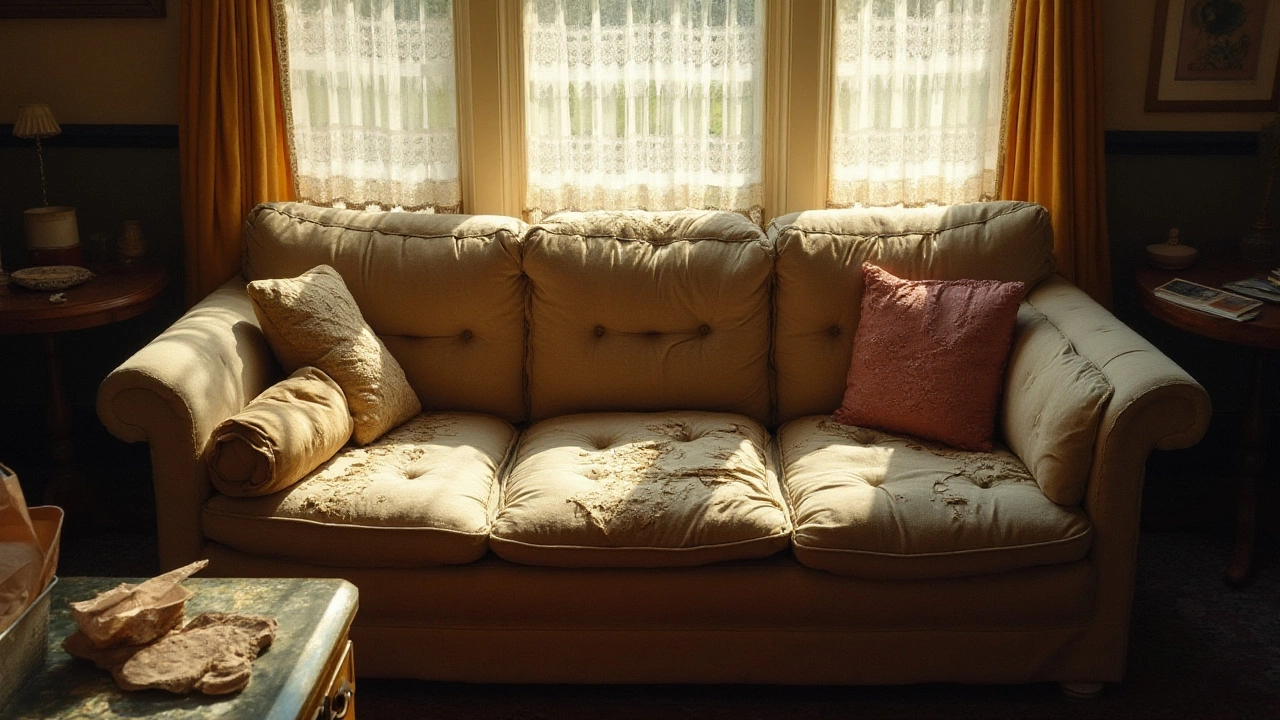Repair Guide: Fix Foundations, Roofs, Mold & More
Home repair can feel overwhelming, but you don’t have to guess what’s wrong or spend a fortune on a full remodel. Whether you’re dealing with a cracked foundation, a leaky roof, or hidden mold, the right info helps you act fast and avoid bigger problems later. Below are the most common issues you’ll see around the house and practical steps you can take right now.
Spot the Trouble Before It Grows
First thing is to learn the tell‑tale signs. If you notice doors that stick, windows that won’t close fully, or cracks that zig‑zag across a wall, think foundation. Small gaps in the ceiling or water stains on the attic floor usually mean a roof leak. A musty smell, damp patches, or peeling paint could be mold setting up shop.
Take a quick walk and write down what you see. A photo of each problem helps when you later talk to a professional. Spotting these clues early saves you from expensive repairs and health risks, especially with mold that can affect indoor air quality.
DIY Fixes That Work Right Away
Not every issue needs a contractor. For minor foundation cracks, clean the crack, apply a concrete sealant, and press a patching compound in. It won’t replace a full underpinning job, but it stops water from seeping in and buying you time.
Roof leaks often start with a broken shingle. Use a ladder safely, lift the damaged piece, and slide a new shingle under the existing one. Secure it with roofing nails and seal the edges with waterproof caulk. You’ll notice the water stop within a day if the damage was isolated.
Mold on a bathroom tile or a small wall area can be tackled with a vinegar‑water solution (one part white vinegar to one part water). Spray, let it sit ten minutes, then scrub with a brush. Wear a mask and gloves, and keep the area ventilated. If the patch is larger than a square foot or returns after cleaning, call a specialist – it might be a hidden moisture source.
For a squeaky floorboard, locate the joist beneath and pop a screw into the wood. If the board is loose, add a small piece of wood shim before screwing. This quick fix stops the squeak and adds stability, which is especially helpful if you plan to install new flooring later.
When you’re unsure whether a DIY fix is enough, ask yourself: can I see the problem clearly, and do I have the right tools? If the answer is no, it’s time to get a pro involved. Our team at First Choice Flooring can assess foundation stability, roof integrity, and mold issues, then recommend the best solution for your budget.
Remember, regular maintenance—cleaning gutters, checking for cracks after heavy rain, and keeping humidity low—keeps many repairs from happening at all. A quick visual check each season catches the early signs and makes sure you stay ahead of costly fixes.
So next time you spot a crack, a drip, or that earthy smell, you now have a clear plan: identify, document, try a simple fix, and call a professional if needed. With these steps you’ll protect your home, your health, and your wallet.
Can Your Couch Cushions Be Restored? Tips and Tricks
- Gavin Whitaker
- |
- |
- 0
Is your favorite couch looking a bit rough around the edges? Repairing couch cushions might be the solution you need to breathe life back into your beloved furniture. Whether it's sagging seat pads, flattened backs, or accidental stains, there are straightforward ways to fix these common issues. With a little creativity and some handy tools, you can restore your sofa cushions to their former glory, saving money and reducing waste in the process.
View more